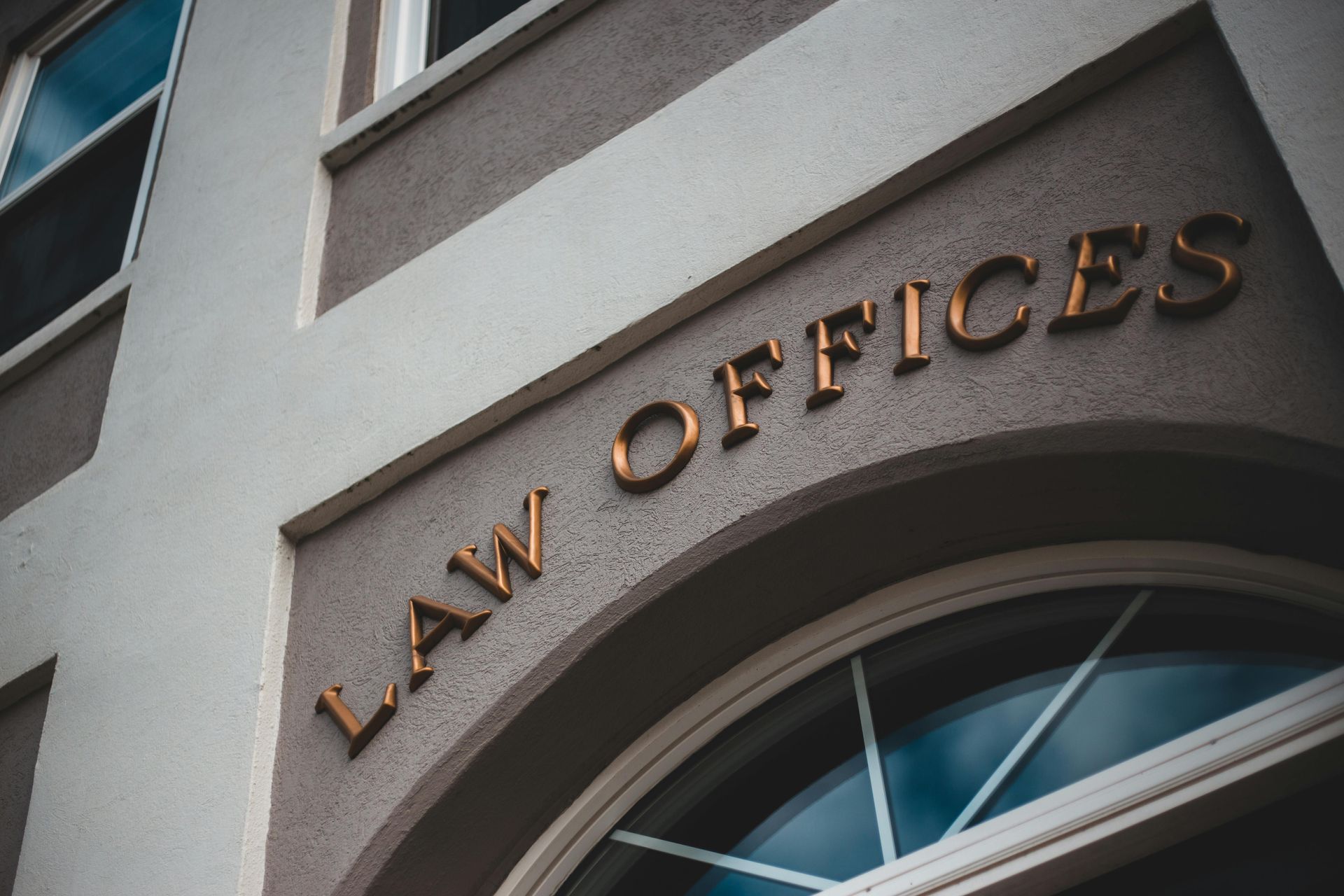UNFAIR COMPETITION LITIGATORS
Dallas, Texas
Our industry-experienced litigation attorneys prosecute and defend unfair competition to protect your business strategies & trade secrets from misappropriation.
UNFAIR COMPETITION LAWSUITS
What is Unfair Competition?
Unfair competition is a commercial tort and umbrella category for a wide range of distinct business torts, from trademark infringement to trade secret infringement. When Congress passed the Federal Trade Commission Act of 1914, it considered and rejected the idea that an enumerated list of unfair practices must be created to reduce the ambiguity of the phrase “unfair methods of competition.” Congress stated that: " It is impossible to frame definitions which embrace all unfair practices. There is no limit to human inventiveness in this field. Even if all known unfair practices were specifically defined and prohibited, it would be at once necessary to begin all over again. If Congress were to adopt the method of definition, it would undertake an endless task." In other words, people will always come up with new and novel ways to unfairly compete with each other. It is not in the best interest of society to even attempt to identify every conceivable manner by which they will unfairly compete.
Th us, the Courts have broad discretion in uncovering new unfair competitions in ever potential litigation. Presently, the unfair competition had been held by Courts to include the following types of actions:
- Infringement of trademarks and service marks;
- Dilution of trademarks;
- “Palming off” goods by unauthorized substitution of one brand for the brand ordered;
- Use of confusingly similar corporate, business, and professional names;
- Use of confusingly similar titles of creative works, movies and TV programs, and on commercial goods;
- Confusing use of names and images of distinctive characters;
- Infringement of trade dress in the distinctive configuration of packaging or product;
- Infringement of the right of publicity;
- Misappropriation of valuable and time-critical business information;
- “Bait and switch” selling tactics;
- False advertising;
- Theft of trade secrets;
- Filing a groundless lawsuit or administrative challenge as an aggressive competitive weapon;
- Sending cease and desist letters charging infringement of “patent rights” before any patent has been granted;
- Sending cease and desist letters to alleged infringers or to customers of a competitor charging patent infringement without having a reasonable basis for a belief that there was infringement;
- Sending bad faith cease and desist letters to plaintiff's customers, charging copyright infringement;
- An unreasonable rejection of goods shipped under contract and ordering services without intending to pay for them; and
- Physically obstructing the entrance to a competitor's place of business and harassing its customers.
When is Palming Off Products an Unfair Competition?
Unfair competition can occur when a business entity “palms off” its products as those of another; however, the determinative question is whether those practices are likely to mislead customers into believing that the product emanates from or has been endorsed by the claimant. The test is a likelihood of confusion. Passing off is actionable under the Lanham Act.
Dallas Trademark Litigation Lawyers
Our Dallas unfair competition litigation attorneys have earned a reputation for aggressive, responsive, efficient, and most importantly, successful unfair competition litigation. While we are prepared to take every case to trial, we know from our clients' perspective that often, the best litigation is the one that settles in mediation. Our straight forward unbiased guidance can help you avoid litigation whenever possible. However, if needed, our litigators are skilled in negotiation techniques and have a reputation for achieving very favorable results for our clients both in-court and out-of-court.
Additional Unfair Competition Litigation Focus
Proving Common-Law Misappropriation & Use
To prove unfair competition by common law misappropriation, the following requirements must be met:
- The creation of the plaintiff's product (i.e., the trade secret information) through extensive time, labor, skill, and money;
- The defendant's use of the product in competition with the plaintiff gains a special advantage in that competition because the defendant is burdened with little or none of the expense incurred by the plaintiff; and
- Commercial damage to the plaintiff.
A defendant's unfair gain or special advantage is often called a "free ride." Further, a claim for unfair competition by misappropriation and use does not require proof of secrecy. Also, while there is an overlap between federal laws, such as
Copyright Litigation , common law misappropriation covers products that may not be protectable by other statutory intellectual property laws.
What is Misappropriation of a Trade Secret?
Misappropriation of trade secrets is a common-law tort cause of action. Proving a misappropriation of trade secrets requires the following (See Trade Secret Litigation for more information):
- Existence of a trade secret;
- Breach of a confidential relationship or improper acquiring of a trade secret;
- Use of the trade secret; and
- Damages.
CLIENT MATTERS
5,000+
YEARS OF SERVICE
25+
Award Winning
Recognized in the legal industry as dedicated board-certified lawyers and Rising Stars.
Expert Team
Your project will be handled by legal experts every time. You will have the most experienced attorneys working for you.
Quality Representation











